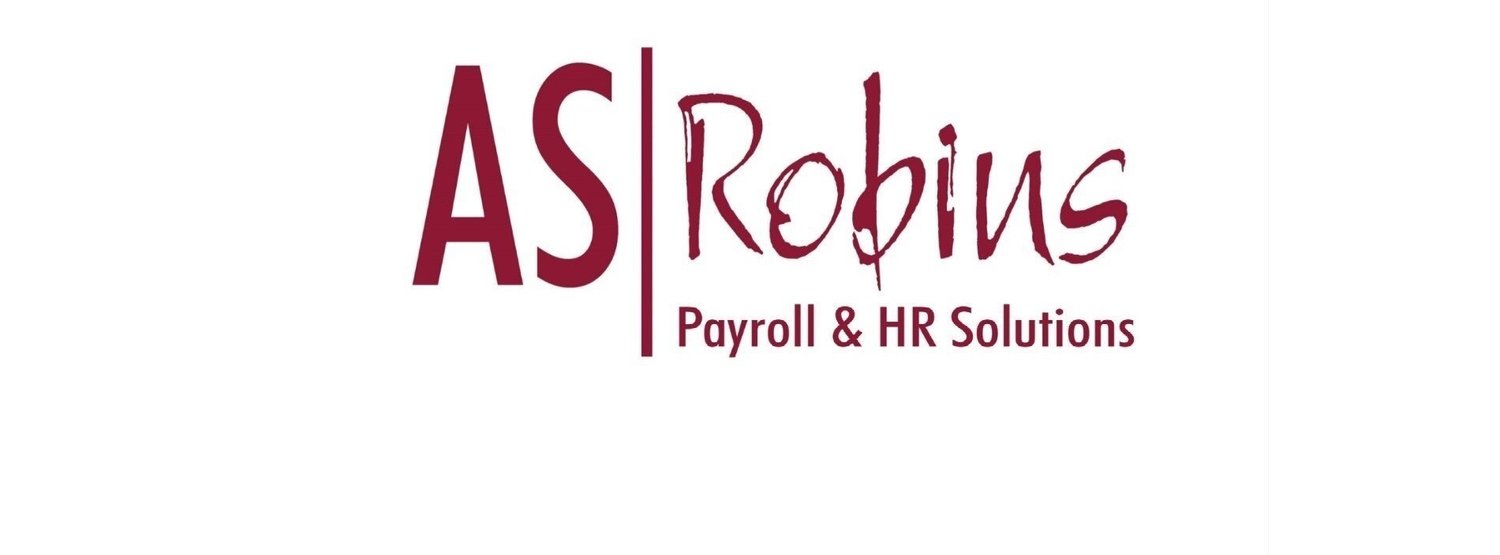Navigating Year-End Payroll: A Guide for Employers
The new tax year has arrived, and employers in the UK face important responsibilities related to payroll management. Here's a comprehensive overview of what you need to know and do to stay compliant with HM Revenue and Customs (HMRC) regulations.
1. Sending Your Final Payroll Report
Ensure you had sent your employees' final payday of the tax year before or ON the 5th April. Be sure that you marked 'Yes' in the 'Final submission for year' field in your payroll software. This report should include end-of-year information for all payrolls under the same PAYE scheme.
If you missed this deadline or encounter specific circumstances (like 'Week 53' payments), you may need to correct any errors or omissions promptly to avoid penalties.
2. Updating Employee Payroll Records
Starting from 6 April, update your employee payroll records for the new tax year. This involves:
Preparing records: Create or update payroll records for every employee active on 6 April.
Tax codes: Determine and apply the correct tax code for each employee based on HMRC guidance and any received forms (like P9T or P9X).
3. Updating Payroll Software
Ensure your payroll software is up-to-date with the latest rates and thresholds for Income Tax, National Insurance, and student loan repayments. Follow your software provider's instructions, especially if they request an early update.
If you're using Basic PAYE Tools, make sure you're using a version from 14.2.14330.88 onwards to stay compliant with current regulations.
4. Providing P60s to Employees
By 31 May, distribute P60 forms to all employees who were with your company on the last day of the tax year (5 April). The P60 summarizes their total pay and deductions for the year.
If needed, you can order copies of P60s from HMRC if you're exempt from online filing requirements.
5. Reporting Expenses and Benefits
Use your payroll software to report employee expenses and benefits to HMRC by 6 July. Pay any Class 1A National Insurance owed on these benefits by 22 July (or 19 July if paying by post).
Conclusion
Staying compliant with payroll regulations is crucial for every employer. By following these guidelines and meeting deadlines, you can ensure smooth year-end payroll processing and maintain a positive relationship with HMRC.
For further details and specific instructions, refer to HMRC's official guidelines or consult with your payroll provider to streamline your year-end payroll procedures. Remember, accurate and timely reporting is key to avoiding penalties and maintaining trust with your employees and regulatory authorities.

